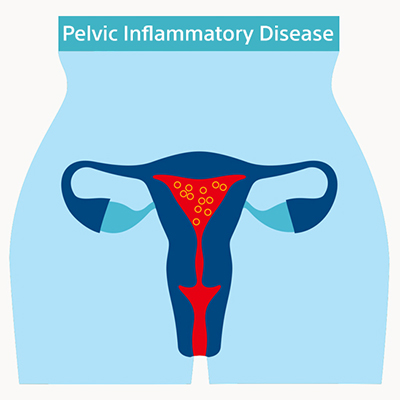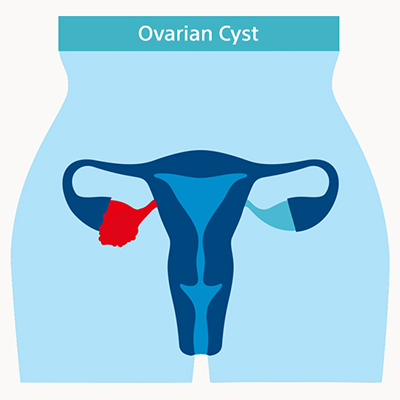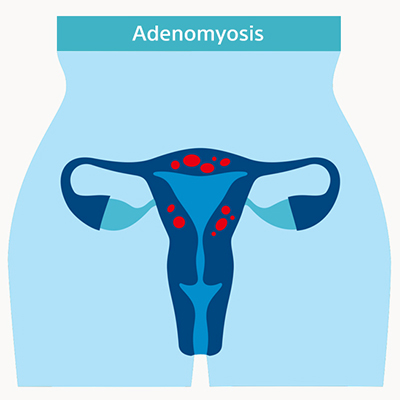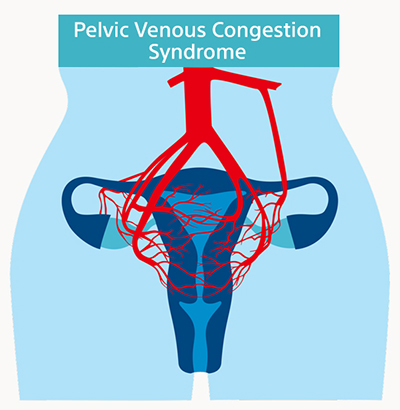How Common is Pelvic Pain?
Chronic Pelvic Pain can affect up to 40%1 of women during their lifetime. Pelvic Venous Congestion Syndrome (PVCS) can account for up to 30%1 of patients with chronic pelvic pain however this condition often goes undiagnosed.
What causes Pelvic Pain?
Pelvic pain can be caused by a range of factors from ovarian cysts to pelvic inflammatory disease and adenomyosis.
For many women, however, the cause may be Pelvic Venous Congestion Syndrome, which is a condition where varicose veins in the pelvic area bulge and cause pain.






